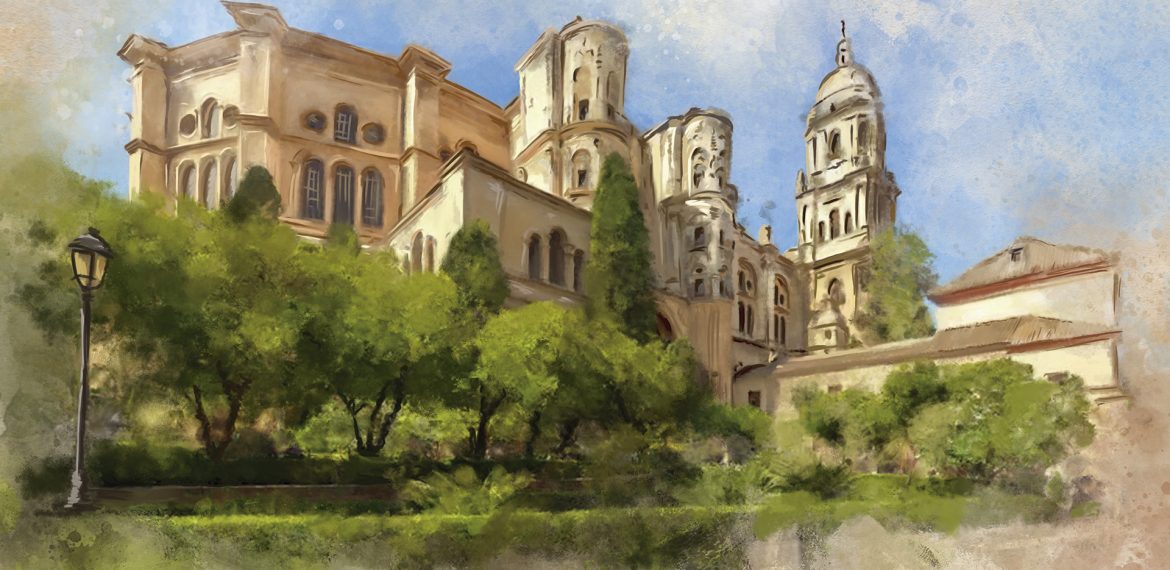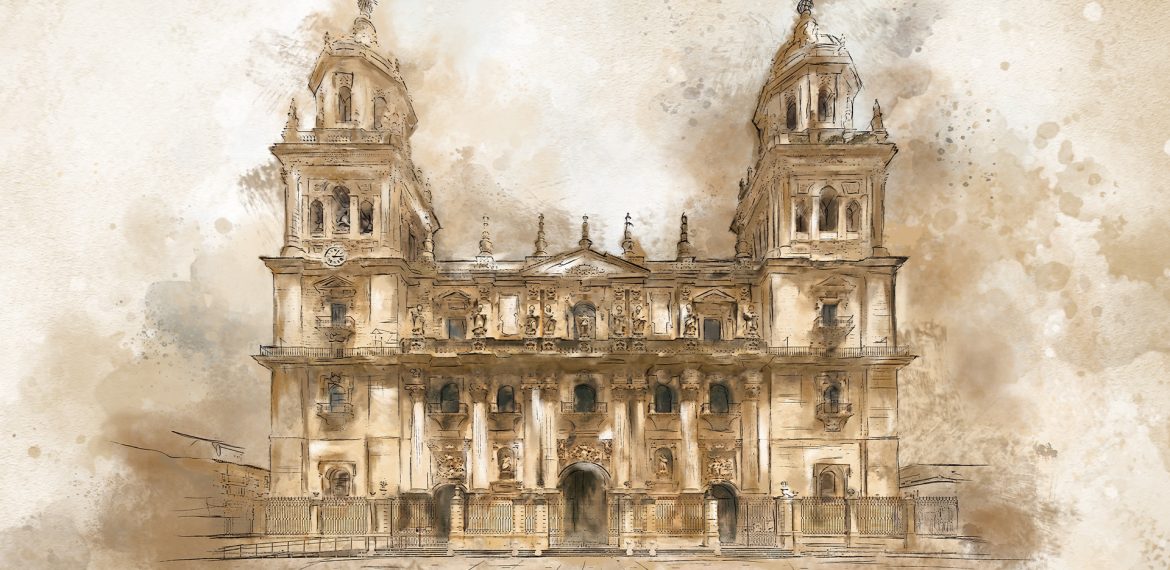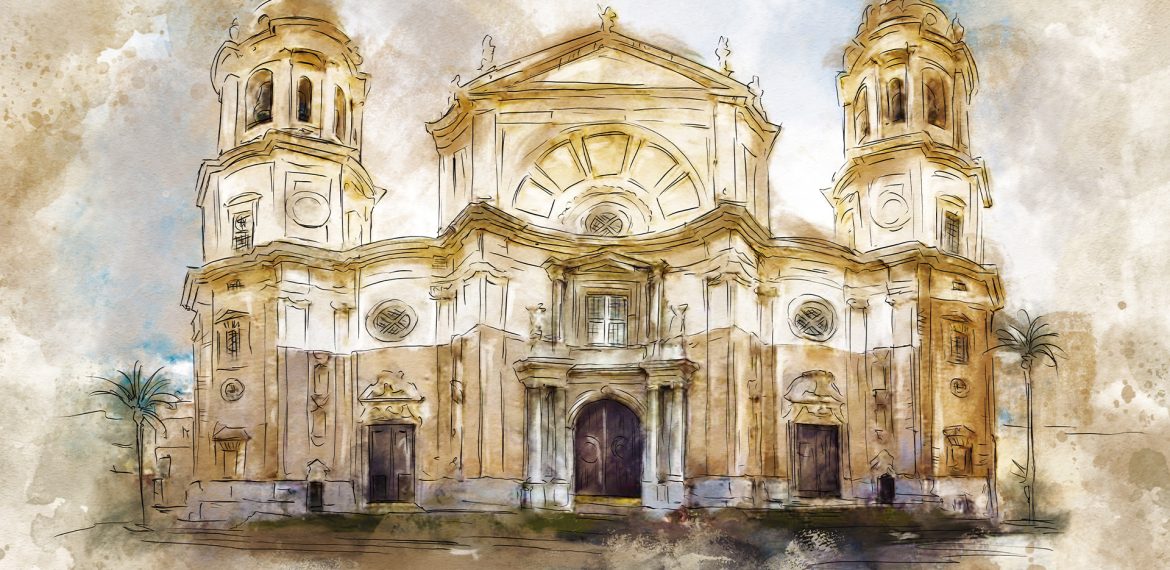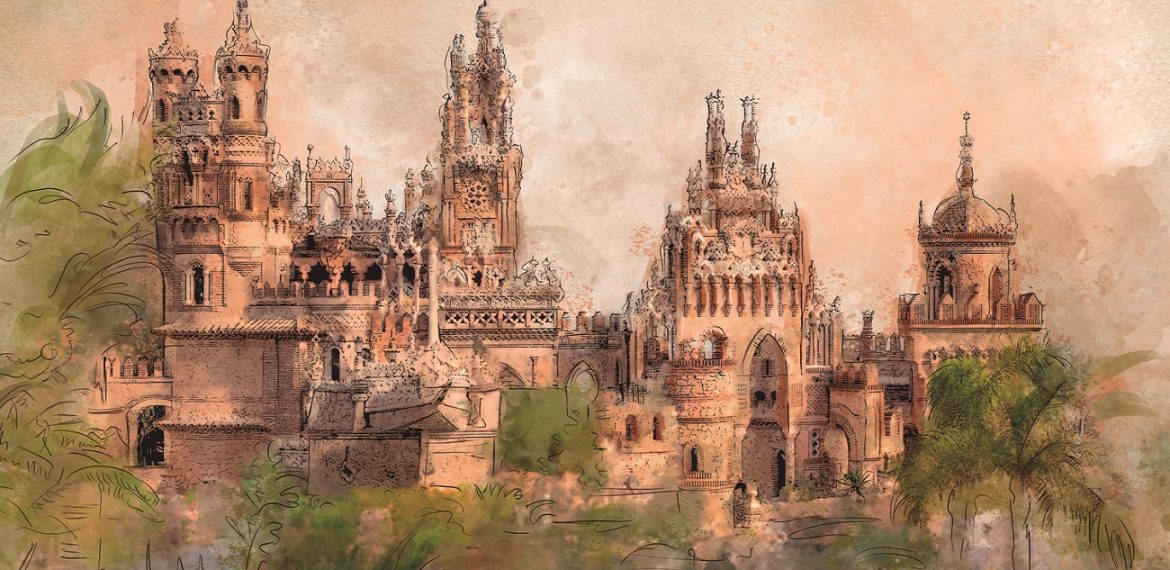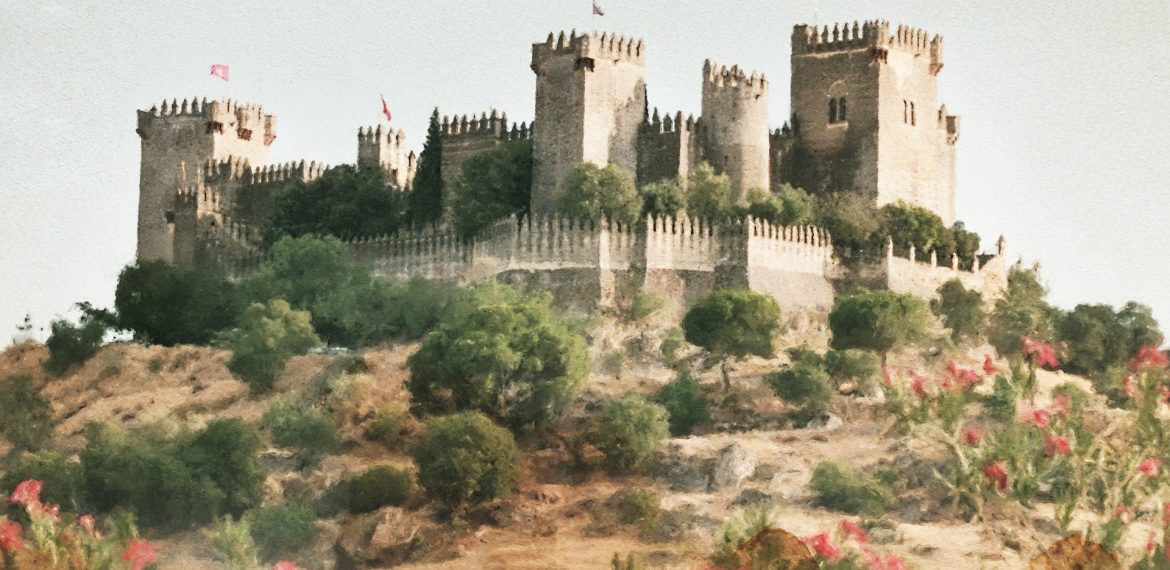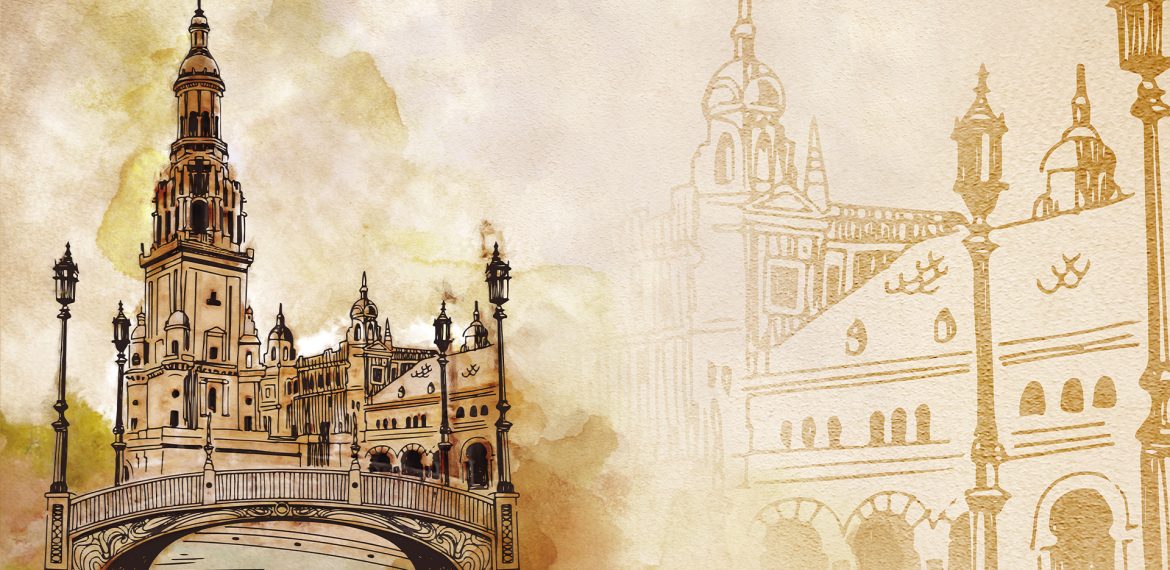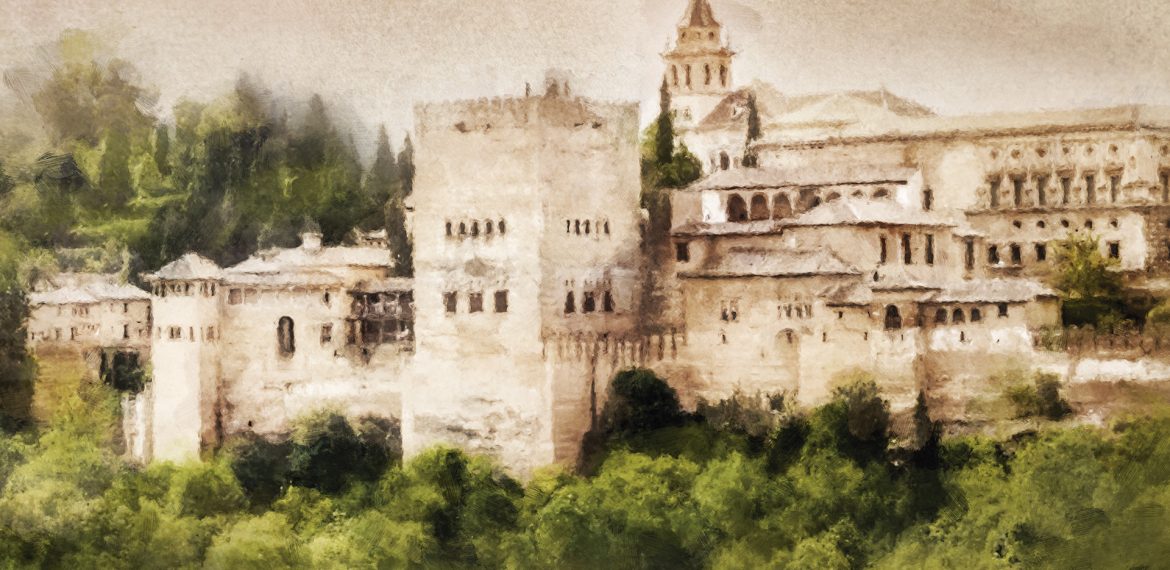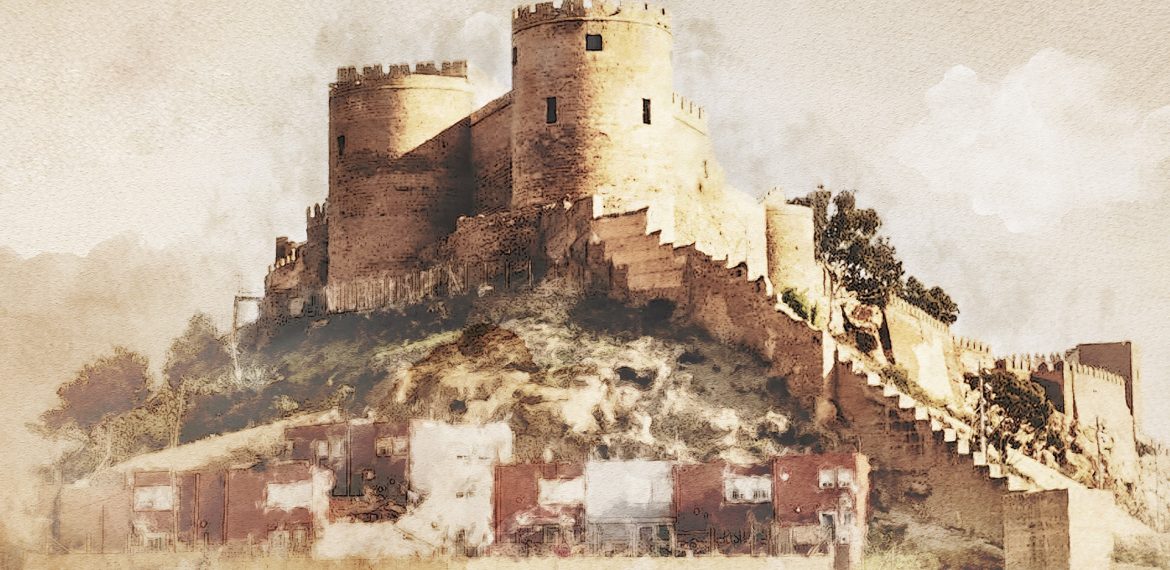Contents
Vila Galé Isla Canela
Malaga Cathedral, also known as ‘La Manquita’ for its unfinished south tower, is one of the symbols of the city. Built between the 16th and 18th centuries on the site of the old Aljama mosque, it mixes Gothic, Renaissance and Baroque styles, reflecting the long duration of its construction. The
Jaén Cathedral is one of the great jewels of the Spanish Renaissance. Located in the historic centre of the city, it stands over the old Aljama mosque and the later Gothic cathedral. Dedicated to the Assumption of the Virgin, the current cathedral was begun in the 16th century to the
Located in the heart of Granada, Granada Cathedral is an outstanding example of the Spanish Renaissance. Its construction began in 1523 on the remains of the old major mosque and lasted until 1704. The façade, designed by Alonso Cano, is one of the most impressive in the city, with arches
Cádiz Cathedral, also known as the New Cathedral, is one of the city’s main landmarks. Its construction began at the end of the 18th century and lasted until the 19th century, resulting in a fusion of Baroque and Neoclassical styles. Its imposing golden dome and majestic façade are distinctive elements.
Built between 1987 and 1994 in Benalmádena, Málaga, Colomares Castle is a tribute to Christopher Columbus and the discovery of America. Designed by the doctor Esteban Martín, it mixes architectural styles such as neo-Romanesque, neo-Byzantine and neo-Gothic. It stands out for its ornate façade, which includes a Chinese pagoda symbolising
Located on top of Mount El Redondo in the province of Córdoba, Almodóvar del Río Castle is an imposing fortress of Muslim origin dating back to the 8th century. During the Middle Ages, it played a strategic role in the defence of the region. After several renovations over the centuries,
Seville, in the heart of Andalusia, is a vibrant city steeped in history and tradition. With over three thousand years of history, it has been influenced by Romans, Muslims and Christians, who have left a unique architectural legacy. Among its most iconic monuments are the Cathedral, where Christopher Columbus rests,
The Alhambra in Granada is one of the most beautiful examples of Islamic architecture in Europe and one of the most visited attractions in the world. Built in the 13th century by the Nasrid dynasty, it stands on the hill of al-Sabika, overlooking the Albaicín neighbourhood and the Sierra Nevada
The Alcazaba of Almería, built in the 10th century by order of Abderramán III, is one of the largest Muslim fortresses in Spain. Situated on a hill overlooking the Mediterranean, this imposing defensive structure was the residence of rulers and an administrative centre. With three walled enclosures, two Islamic and
In 1954, excavations in the ancient Roman ovens on Mount Valparaiso in Granada revealed the remains of St Cecilio, the city’s martyr and patron saint. To honour him and preserve his remains, Sacromonte Abbey was built. Since then, it has become an important pilgrimage destination. Classified as an Asset of
Categories
Latest Posts
- 15 de February, 2023
- 29 de September, 2017
- 29 de September, 2017
- 29 de September, 2017
- 29 de September, 2017

